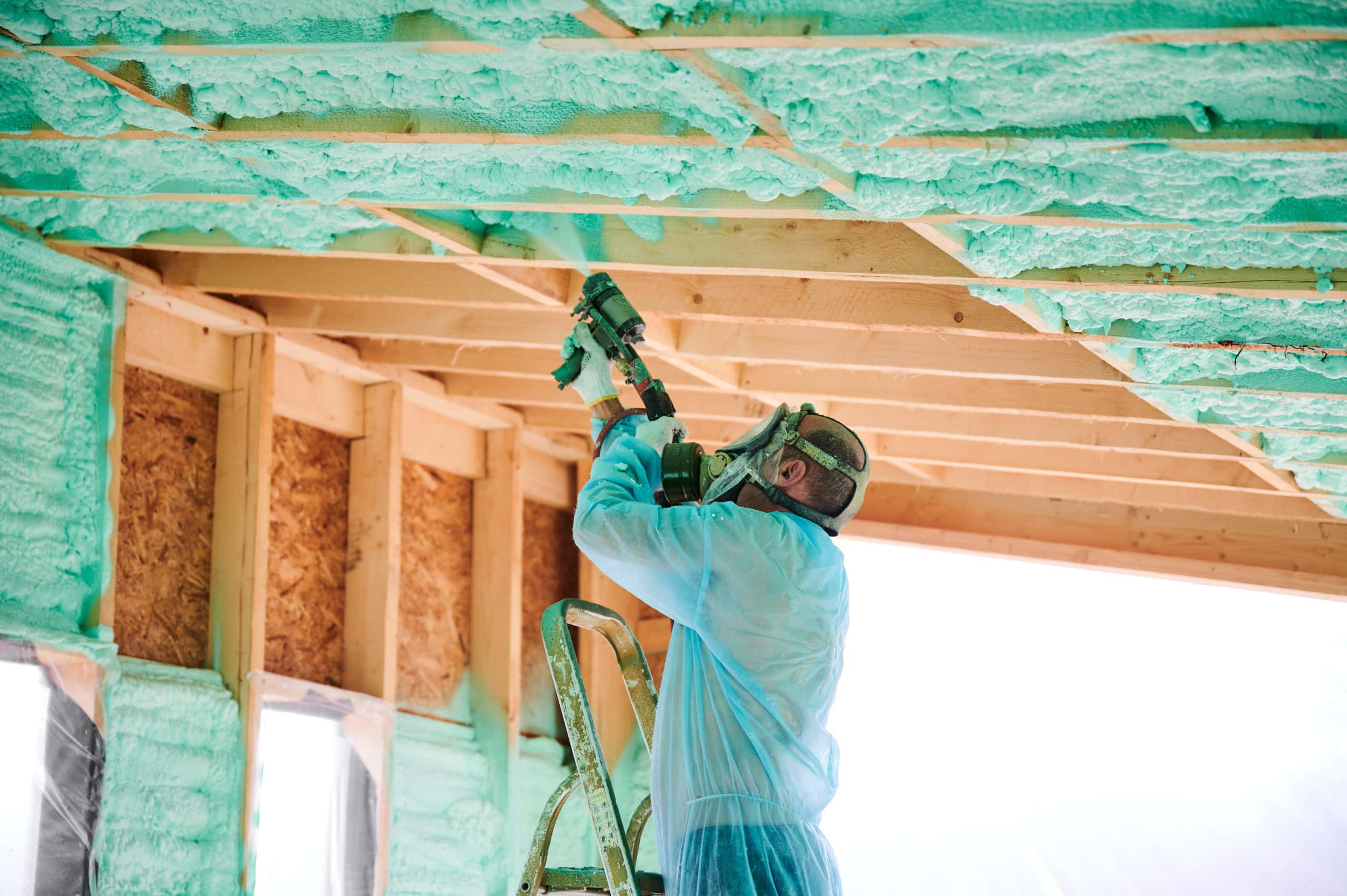

Articles
How Thick Spray Foam Insulation Do I Need
Modified: January 23, 2024
Find out how to determine the right thickness of spray foam insulation you need with our informative articles.
(Many of the links in this article redirect to a specific reviewed product. Your purchase of these products through affiliate links helps to generate commission for Storables.com, at no extra cost. Learn more)
Introduction
When it comes to insulating your home or building, spray foam insulation has become a popular choice due to its superior thermal performance and energy efficiency. However, one question that often arises is, “How thick of spray foam insulation do I need?” The answer to this question depends on various factors that need to be considered in order to determine the optimal thickness for your specific application.
In this article, we will delve into the factors that influence the thickness of spray foam insulation, including climate and location, building type and design, as well as energy efficiency goals. We will also provide recommendations for R-values, which is a measure of the insulation’s thermal resistance, and discuss the different types of spray foam insulation available.
By gaining a better understanding of these factors and recommendations, you will be able to make an informed decision regarding the thickness of spray foam insulation needed for your project.
Key Takeaways:
- Proper insulation thickness is crucial for energy efficiency. Factors like climate, building design, and R-values influence the recommended thickness. Consulting professionals ensures an effective and sustainable insulation solution.
- Open-cell and closed-cell spray foam offer unique benefits. Open-cell provides flexibility and sound absorption, while closed-cell offers superior insulation and moisture resistance. Consider specific project requirements when choosing the type and thickness of spray foam insulation.
Read more: How Much Spray Foam Insulation Do I Need
Factors to Consider
When determining the thickness of spray foam insulation you need, there are several important factors that should be taken into account. These factors will help you determine the optimal thickness to achieve the desired energy efficiency and comfort levels in your home or building.
Climate and Location: The climate and location of your building play a significant role in determining the necessary thickness of spray foam insulation. In colder climates, where temperatures drop significantly, a thicker layer of insulation is typically recommended to prevent heat loss and maintain a comfortable indoor environment. On the other hand, in warmer climates, a thinner layer may be sufficient to provide adequate insulation and prevent excessive heat gain.
Building Type and Design: The type and design of your building can also influence the necessary thickness of spray foam insulation. Factors such as the size of the building, the number of windows and doors, and the presence of attics or crawl spaces can affect the overall thermal performance. Buildings with more openings or exposed areas may require thicker insulation to compensate for potential heat transfer through these areas.
Energy Efficiency Goals: Your energy efficiency goals should also be taken into consideration. If you are aiming for a high level of energy efficiency, you may want to opt for a thicker layer of spray foam insulation. This will help reduce energy consumption and create a more comfortable indoor environment while minimizing heating and cooling costs in the long run.
R-Value Recommendations: The R-value is a measure of an insulation material’s resistance to heat flow. The higher the R-value, the better the insulation’s thermal performance. The recommended R-value for your specific location and climate should be determined by building codes or energy efficiency standards. Consulting with a professional insulation contractor or conducting an energy audit can help you determine the required R-value and, subsequently, the appropriate thickness of spray foam insulation.
By taking these factors into account, you will be able to make an informed decision regarding the thickness of spray foam insulation needed for your project. Consider consulting with insulation professionals who can provide guidance based on your specific circumstances and requirements.
Climate and Location
The climate and location of your building are crucial factors to consider when determining the thickness of spray foam insulation needed. The local climate will directly impact the amount of heat transfer that occurs, and therefore, dictate the insulation requirements.
In colder climates, where winters can be harsh and temperatures drop significantly, a thicker layer of spray foam insulation is generally recommended. This extra insulation thickness helps to prevent heat loss and maintain a comfortable indoor environment. By minimizing heat transfer through the walls and roof, the insulation creates a barrier that keeps the cold air out and the warm air inside. This leads to reduced energy consumption for heating and lower utility bills.
On the other hand, in warmer climates where summers can be scorching and temperatures rise, the insulation requirements may differ. While it is still important to have effective insulation to prevent heat gain, the recommended thickness may not need to be as extensive as in colder regions. A thinner layer of insulation can still provide adequate thermal resistance and help maintain a cooler indoor environment, reducing the need for excessive air conditioning and improving energy efficiency.
It’s important to note that climate is not the only factor to consider. Location also plays a role in insulation requirements. For example, buildings located in coastal areas may have different insulation needs compared to those located inland. Coastal areas often experience higher humidity levels, which can impact the performance of certain insulation materials. In such cases, it may be necessary to consult with insulation experts to determine the optimal thickness and type of spray foam insulation that can withstand the specific challenges of the location.
It is recommended to consult with local building codes and energy efficiency standards to determine the specific insulation requirements for your region. Additionally, working with experienced insulation contractors who have knowledge of the local climate and can offer expert advice is highly beneficial. Their expertise will ensure that you choose the appropriate thickness of spray foam insulation that is best suited for your climate and location.
Building Type and Design
The type and design of your building also play a significant role in determining the necessary thickness of spray foam insulation. Various factors, such as the size and layout of your building, the number of windows and doors, and the presence of attics or crawl spaces, can impact its overall thermal performance.
Larger buildings generally require thicker insulation to account for the increased surface area and potential heat transfer. The more exterior walls and roof surfaces that are exposed to the elements, the more insulation is needed to provide sufficient protection against heat loss or gain. Additionally, multi-story buildings may require additional insulation in order to maintain consistent temperatures throughout all levels.
The number of windows and doors in a building also affects insulation requirements. These openings are potential areas for heat transfer, as glass and frames can be less insulating than solid walls. Therefore, buildings with a higher number of windows and doors may require thicker insulation to compensate for this increased potential for heat loss or gain.
Another consideration is the presence of attics or crawl spaces. These areas can often be overlooked in terms of insulation, but they play a crucial role in maintaining the overall thermal performance of a building. Proper insulation in attics and crawl spaces helps to prevent heat transfer through the roof or floor, ensuring that the conditioned air stays inside the living or working areas. Depending on the design and size of these spaces, additional insulation may be necessary to achieve the desired level of energy efficiency.
The building design can also impact insulation requirements. For instance, buildings with irregular shapes, such as those with angled walls or protrusions, may require thicker insulation in order to properly insulate these areas and prevent thermal bridging. Thermal bridging occurs when there is an uninterrupted path from the warm side to the cold side of the insulation, resulting in increased heat transfer. By adequately insulating these irregular areas, you can ensure that the insulation is continuous and effective throughout the entire building envelope.
Understanding the specific characteristics and design of your building is key to determining the necessary thickness of spray foam insulation. Consulting with experienced insulation professionals who can assess your building’s design and recommend the appropriate insulation thickness will ensure that you achieve optimal energy efficiency and comfort levels.
Energy Efficiency Goals
When determining the thickness of spray foam insulation for your project, it is important to consider your energy efficiency goals. The level of energy efficiency you wish to achieve will influence the recommended thickness of insulation.
Increasing energy efficiency has become a top priority for many homeowners and building owners alike. A well-insulated building can significantly reduce the amount of energy required for heating and cooling, leading to lower utility bills and a reduced carbon footprint. By investing in effective insulation, you can create a comfortable indoor environment while minimizing your reliance on HVAC systems.
If your energy efficiency goals are high, you may want to opt for a thicker layer of spray foam insulation. The additional insulation thickness provides a greater thermal barrier, reducing heat transfer and improving the overall energy performance of the building. This can result in substantial energy savings and increased comfort throughout the year.
Furthermore, thicker insulation can help reduce air infiltration, which is the unwanted movement of outdoor air into a building. Air leaks can significantly impact energy efficiency by allowing conditioned air to escape and outdoor air to enter. By sealing and insulating your building with a thicker layer of spray foam insulation, you can minimize air leaks and improve the airtightness of the structure.
However, it is important to strike a balance between insulation thickness and cost-effectiveness. Thicker insulation may require a larger upfront investment, so it is necessary to assess the potential energy savings over the long term. Conducting an energy audit or consulting with insulation professionals can help you determine the optimal insulation thickness that aligns with your energy efficiency goals and budget.
Additionally, keep in mind that other energy-saving measures, such as high-efficiency windows, efficient HVAC systems, and proper ventilation, should be considered alongside insulation thickness. Each of these factors contributes to the overall energy performance of your building and should be integrated into a comprehensive energy efficiency strategy.
By setting clear energy efficiency goals and considering them when determining the thickness of spray foam insulation, you can create a more sustainable and cost-effective living or working environment while reducing your environmental impact.
Read more: How To Do Spray Foam Insulation Yourself
R-Value Recommendations
When determining the thickness of spray foam insulation for your project, it is important to understand R-values. The R-value is a measure of an insulation material’s resistance to heat flow. The higher the R-value, the better the insulation’s thermal performance.
Building codes and energy efficiency standards often provide recommended R-values for different climate zones. These recommendations help ensure that buildings meet minimum insulation requirements and maximize energy efficiency. Consult your local building codes and energy regulations to determine the specific R-value recommendations for your area.
The recommended R-value depends on factors such as climate, building type, and desired energy efficiency. In general, colder climates require higher R-values to prevent heat loss, while warmer climates require lower R-values to reduce heat gain. For example, in cold climates, the recommended R-value for walls may range from R-13 to R-30, while in warmer climates, it may range from R-5 to R-13.
It is important to note that the recommended R-value is typically based on the entire building envelope, which includes walls, ceilings, roofs, and floors. Each of these components may have different recommended R-values based on their specific location and exposure to the elements.
When determining the thickness of spray foam insulation, it is recommended to consult with insulation professionals or conduct an energy audit. This will help you understand the existing R-value of your building and calculate the additional insulation needed to achieve the desired R-value. Taking into account factors like climate and energy efficiency goals, these professionals can guide you in selecting the appropriate thickness of spray foam insulation to meet the recommended R-value.
Ultimately, the goal is to strike a balance between energy efficiency and cost-effectiveness. While it may be tempting to aim for the highest R-value possible, it is important to assess the potential energy savings and weigh them against the upfront costs of thicker insulation. A professional assessment can help you determine the optimal insulation thickness that provides the desired R-value while staying within your budget.
By following recommended R-values and working with insulation experts, you can ensure that your building is properly insulated and energy-efficient, providing a comfortable and sustainable living or working environment.
Types of Spray Foam Insulation
When considering the thickness of spray foam insulation, it is important to understand the different types available. Two common types of spray foam insulation are open-cell and closed-cell. Each type has its own characteristics and benefits, which can influence the recommended thickness for your project.
Open-Cell Spray Foam: Open-cell spray foam insulation is a lightweight, flexible material with a lower density. It is called “open-cell” because the spray foam cells are not completely closed, allowing air and moisture to penetrate. This type of spray foam insulation is typically less expensive and provides effective sound absorption, making it suitable for interior walls and ceilings. The recommended thickness for open-cell spray foam insulation is generally between 3 to 4 inches, but it can vary based on climate, desired R-value, and building design.
Closed-Cell Spray Foam: Closed-cell spray foam insulation is a denser and more rigid material. It consists of tightly packed cells that create a barrier against air and moisture infiltration. Closed-cell spray foam provides excellent insulation and structural support, making it suitable for various applications such as walls, roofs, and foundations. Due to its higher density, closed-cell spray foam insulation typically requires a thicker application compared to open-cell foam. The recommended thickness for closed-cell spray foam insulation is generally between 1.5 to 2 inches to achieve the desired R-value and ensure effective insulation performance.
It is important to note that the recommended thickness of spray foam insulation can vary depending on factors such as climate, building design, and energy efficiency goals. In some cases, a combination of open-cell and closed-cell spray foam insulation may be used to optimize thermal performance and cost-effectiveness.
It is recommended to consult with licensed insulation contractors or professionals who have experience working with spray foam insulation. They can assess your specific project requirements and provide guidance on the appropriate type and thickness of spray foam insulation to achieve the desired insulation and energy efficiency goals. By selecting the right type and thickness of spray foam insulation, you can ensure effective thermal insulation, energy savings, and a comfortable indoor environment.
The thickness of spray foam insulation needed depends on the climate and building type. In colder climates, a higher R-value is recommended, typically requiring 3-5 inches of foam. Warmer climates may only need 1-2 inches. Always consult with a professional for specific recommendations.
Open-Cell Spray Foam
Open-cell spray foam insulation is a type of spray foam that offers unique characteristics and benefits for insulation projects. It is called “open-cell” because the cells of the foam are not completely closed, allowing air and moisture to penetrate.
One of the main advantages of open-cell spray foam is its flexibility and lightweight nature. It is a softer and more pliable material compared to closed-cell spray foam. This makes it easier to apply in hard-to-reach areas and around obstacles during installation. Its flexibility also allows the structure to move without compromising the integrity of the insulation.
Open-cell spray foam is known for its excellent sound absorption properties. The open-cell structure helps reduce noise transmission, making it an ideal choice for interior walls and ceilings. It can effectively dampen sound vibrations, creating a quieter and more comfortable indoor environment. This makes open-cell spray foam insulation popular in residential homes, apartments, and commercial buildings where noise reduction is desired.
When it comes to insulation performance, open-cell spray foam has a relatively lower R-value compared to closed-cell spray foam. However, its thermal resistance is still significant and can contribute to energy savings and comfort. The recommended thickness of open-cell spray foam insulation generally ranges from 3 to 4 inches, but it can vary based on factors such as climate, desired R-value, and building design.
Another advantage of open-cell spray foam is its ability to allow vapor to pass through. This breathability helps prevent moisture buildup within the walls and can contribute to a healthier indoor environment by reducing the risk of mold and mildew. However, it’s important to note that open-cell foam alone is not a moisture barrier, and additional moisture control measures may be necessary in areas with high humidity or moisture levels.
Open-cell spray foam insulation is typically more cost-effective compared to closed-cell spray foam, making it an attractive option for those with budget constraints. However, it’s essential to consider the specific requirements and goals of your insulation project, as well as consult with insulation professionals, to determine the most suitable type and thickness of insulation for your needs.
In summary, open-cell spray foam insulation offers flexibility, excellent sound absorption, and a lower cost compared to closed-cell spray foam. Its recommended thickness, typically between 3 to 4 inches, can vary based on factors such as climate and energy efficiency goals. Consider the specific characteristics and benefits of open-cell spray foam when determining the optimal insulation solution for your project.
Closed-Cell Spray Foam
Closed-cell spray foam insulation is a highly efficient and versatile insulation material for various building applications. Unlike open-cell spray foam, closed-cell spray foam has tightly packed cells, creating a dense and rigid foam barrier.
One of the primary advantages of closed-cell spray foam is its superior insulation capabilities. It has a higher R-value per inch compared to open-cell foam, providing excellent thermal resistance. This means that a thinner layer of closed-cell spray foam can achieve the same or higher insulation performance as a thicker layer of open-cell spray foam.
Closed-cell spray foam insulation is known for its excellent air sealing properties. The closed-cell structure prevents air infiltration, reducing drafts and heat loss through gaps and cracks in the building envelope. This air barrier effect contributes to enhanced energy efficiency and can result in significant savings on heating and cooling costs over time.
Another remarkable characteristic of closed-cell spray foam is its structural rigidity and strength. It adds structural integrity to the building, making it more resistant to impacts, wind forces, and building movements. This strength makes closed-cell spray foam suitable for applications such as insulating roofs, walls, and foundations.
The recommended thickness of closed-cell spray foam insulation generally ranges from 1.5 to 2 inches. However, this can vary based on factors such as climate, desired R-value, and building design. Thicker layers may be required for extreme climates or for achieving higher levels of insulation performance.
Closed-cell spray foam insulation also offers excellent moisture resistance. Its closed-cell structure prevents both air and moisture from entering the building envelope. This can help mitigate the risk of moisture-related issues such as mold growth and wood rot, ensuring a healthier indoor environment.
While closed-cell spray foam offers many benefits, it is typically more expensive than open-cell spray foam due to its higher density and material costs. However, the long-term energy savings and enhanced durability it provides may offset the initial investment.
It is essential to consult with experienced insulation professionals to evaluate your specific insulation needs and project requirements when considering closed-cell spray foam insulation. They can provide expert advice on the recommended thickness, insulation performance, and cost-effectiveness based on your climate, building design, and energy efficiency goals.
In summary, closed-cell spray foam insulation offers superior thermal performance, air sealing capabilities, structural reinforcement, and moisture resistance. Its recommended thickness generally falls between 1.5 to 2 inches. Consider the specific advantages and considerations of closed-cell spray foam when determining the optimal insulation solution for your project.
Read more: How To Spray Foam Insulation
Thickness Recommendations for Open-Cell Spray Foam
When it comes to open-cell spray foam insulation, the recommended thickness may vary depending on several factors, including climate, desired R-value, and building design. The following are general guidelines for open-cell spray foam thickness, but it is crucial to consult with insulation professionals for accurate recommendations tailored to your specific project.
Walls: For walls, a typical recommendation for open-cell spray foam thickness is between 3 to 4 inches. This thickness provides an adequate thermal barrier, helping to prevent heat transfer and improve energy efficiency. However, more extreme climates or specific energy efficiency goals may call for thicker insulation. It is essential to consider your specific climate and consult with experts to determine the appropriate thickness for your wall insulation needs.
Attics: In attics, the recommended thickness of open-cell spray foam insulation typically ranges from 6 to 8 inches. This thickness helps create a sufficient thermal barrier and provides effective insulation for the attic space. Open-cell spray foam insulation in attics can help minimize heat transfer and prevent air leakage, contributing to improved energy efficiency and temperature regulation in the living areas below.
Ceilings: When insulating ceilings with open-cell spray foam, a thickness of around 6 inches is often recommended. This thickness helps reduce heat transfer between floors and provides effective insulation for the ceiling area. By insulating ceilings with open-cell spray foam, you can enhance energy efficiency and maintain a comfortable indoor environment in multi-story buildings.
Floors: The recommended thickness of open-cell spray foam insulation for floors varies depending on the specific requirements of the building and the environment. In general, a thickness of 3 to 4 inches can offer sufficient insulation and help minimize heat loss through the floor. However, it is essential to consider factors such as the flooring type, location, and desired R-value when determining the optimal thickness for floor insulation.
Keep in mind that these thickness recommendations are approximate and should be used as a general guideline. It is crucial to consult with insulation professionals who can assess your specific project requirements, climate conditions, and energy efficiency goals. They can provide accurate recommendations on the appropriate thickness of open-cell spray foam insulation to achieve your desired insulation performance.
By following the recommended thickness guidelines and consulting with insulation experts, you can ensure proper insulation and achieve optimal energy efficiency and comfort in your home or building.
Thickness Recommendations for Closed-Cell Spray Foam
When it comes to closed-cell spray foam insulation, the recommended thickness will depend on several factors, including climate, desired R-value, and building design. Although specific recommendations should be obtained from insulation professionals considering your project’s unique characteristics, the following are general guidelines for closed-cell spray foam thickness.
Walls: For walls, a typical recommendation for closed-cell spray foam thickness is between 1.5 to 2 inches. This thickness provides a high level of insulation and thermal resistance, minimizing heat transfer and improving energy efficiency. However, certain circumstances, such as extreme climates or specific energy efficiency goals, may require thicker insulation. Consulting with experts will help you determine the appropriate thickness for your wall insulation needs.
Roofs and Ceilings: When insulating roofs and ceilings with closed-cell spray foam, a recommended thickness of 2 to 3 inches is often suggested. This ensures effective insulation, creates an airtight barrier, and minimizes heat transfer through the roof or ceiling. Closed-cell spray foam insulation helps keep the indoor temperature stable and contributes to energy savings by reducing the reliance on heating and cooling systems.
Floors: Closed-cell spray foam insulation is commonly used in floors to provide thermal insulation. The recommended thickness for floor insulation often falls within the range of 1.5 to 2 inches. However, factors such as the type of flooring, location, and desired R-value should also be considered. Thicker insulation may be necessary if there are specific requirements for soundproofing or if extra insulation is needed for colder climates.
Foundations: Closed-cell spray foam is also suitable for insulating foundations. Depending on the specific requirements and local building codes, a recommended thickness of 2 to 3 inches is often suggested. This thickness helps to create a continuous insulation barrier, guarding against heat loss and minimizing potential moisture intrusion.
It is important to emphasize that these thickness recommendations are general guidelines and may vary depending on your specific project requirements. Consulting with insulation professionals who can assess your unique circumstances and provide personalized recommendations is crucial. They can consider factors such as climate conditions, energy efficiency goals, and local building codes to determine the appropriate thickness of closed-cell spray foam insulation for optimal insulation performance.
By adhering to the recommended thickness guidelines and seeking expert advice, you can ensure an effective insulation solution that improves energy efficiency, enhances comfort, and meets the specific needs of your home or building.
Other Considerations for Insulation Thickness
While determining the thickness of insulation is important, there are additional factors that should be considered to ensure an effective and efficient insulation solution. These considerations go beyond just the specific thickness measurements and can greatly impact the overall performance of the insulation. Here are some important factors to keep in mind:
Building Codes and Standards: It is crucial to comply with local building codes and energy efficiency standards when determining insulation thickness. Building codes typically specify minimum insulation requirements based on factors such as climate, building type, and energy efficiency goals. Consulting with insulation professionals and local authorities will help ensure that your insulation meets the required standards.
Thermal Bridging: Thermal bridging refers to areas where insulation is interrupted, creating paths for heat transfer. These can occur around structural components such as studs, beams, and framing. To minimize thermal bridging, it may be necessary to increase insulation thickness in these areas or use additional insulation materials, such as rigid foam or insulation wraps, to improve the continuity of the thermal barrier.
Air Sealing: Insulation thickness alone is not sufficient to ensure energy efficiency. Proper air sealing is crucial to prevent air leakage and maintain the effectiveness of the insulation. Focus on sealing gaps, cracks, and joints in the building envelope to minimize the infiltration of air, which can undermine the insulation’s performance. Combining proper air sealing techniques with the appropriate insulation thickness will maximize energy efficiency.
Moisture Management: Moisture can compromise the performance of insulation and lead to issues such as mold growth and material degradation. It is important to implement proper moisture management strategies, including installing vapor barriers and addressing any existing moisture problems before applying insulation. Consult with professionals who can evaluate the moisture conditions in your building and recommend appropriate moisture control measures.
Energy Savings vs. Cost: While thicker insulation generally provides better thermal performance, it is essential to consider the cost-effectiveness of the insulation. Thicker insulation may have a higher upfront cost, but it can lead to greater energy savings over time. Conducting a cost-benefit analysis can help determine the optimal insulation thickness that balances energy savings and budget constraints.
Professional Guidance: Insulation professionals have the expertise and experience to assess your specific project requirements, considering factors such as climate, building design, and energy efficiency goals. Consulting with professionals will provide valuable guidance on insulation thickness and ensure an effective insulation solution that meets your needs.
By considering these factors alongside insulation thickness, you can make informed decisions and create an insulation system that effectively improves energy efficiency, enhances comfort, and aligns with applicable building codes and standards.
Conclusion
When determining the thickness of spray foam insulation for your home or building, several factors must be considered to achieve optimal energy efficiency and comfort. Factors such as climate, building type and design, energy efficiency goals, and recommended R-values play a crucial role in determining the appropriate insulation thickness.
Open-cell spray foam insulation offers flexibility, sound absorption, and cost-effectiveness. The recommended thickness for open-cell spray foam typically ranges from 3 to 4 inches for walls, 6 to 8 inches for attics, and 6 inches for ceilings. These recommendations can vary based on climate conditions, required R-values, and building design.
Closed-cell spray foam insulation, on the other hand, provides superior insulation, structural support, and moisture resistance. The recommended thickness for closed-cell spray foam ranges from 1.5 to 2 inches for walls, 2 to 3 inches for roofs and ceilings, and 1.5 to 2 inches for floors and foundations.
Other important considerations, such as building codes and standards, thermal bridging, air sealing, moisture management, and cost-effectiveness, should also be taken into account when determining insulation thickness. Consulting with experienced insulation professionals who can assess your specific project requirements is highly recommended to ensure the right insulation thickness and an effective insulation solution.
By selecting the appropriate thickness of spray foam insulation and considering these additional factors, you can improve energy efficiency, reduce heating and cooling costs, enhance comfort, and create a more sustainable living or working environment.
Remember, insulation is a long-term investment that can provide significant benefits. It is essential to balance energy efficiency goals with cost-effectiveness, comply with building codes and standards, and consult with professionals to achieve the best insulation thickness for your specific needs.
Investing in proper insulation thickness will not only improve your building’s energy efficiency but also contribute to a greener and more comfortable living or working environment for years to come. So, take the time to assess your insulation needs, consult with experts, and make informed decisions to create an efficient and comfortable space.
Frequently Asked Questions about How Thick Spray Foam Insulation Do I Need
Was this page helpful?
At Storables.com, we guarantee accurate and reliable information. Our content, validated by Expert Board Contributors, is crafted following stringent Editorial Policies. We're committed to providing you with well-researched, expert-backed insights for all your informational needs.
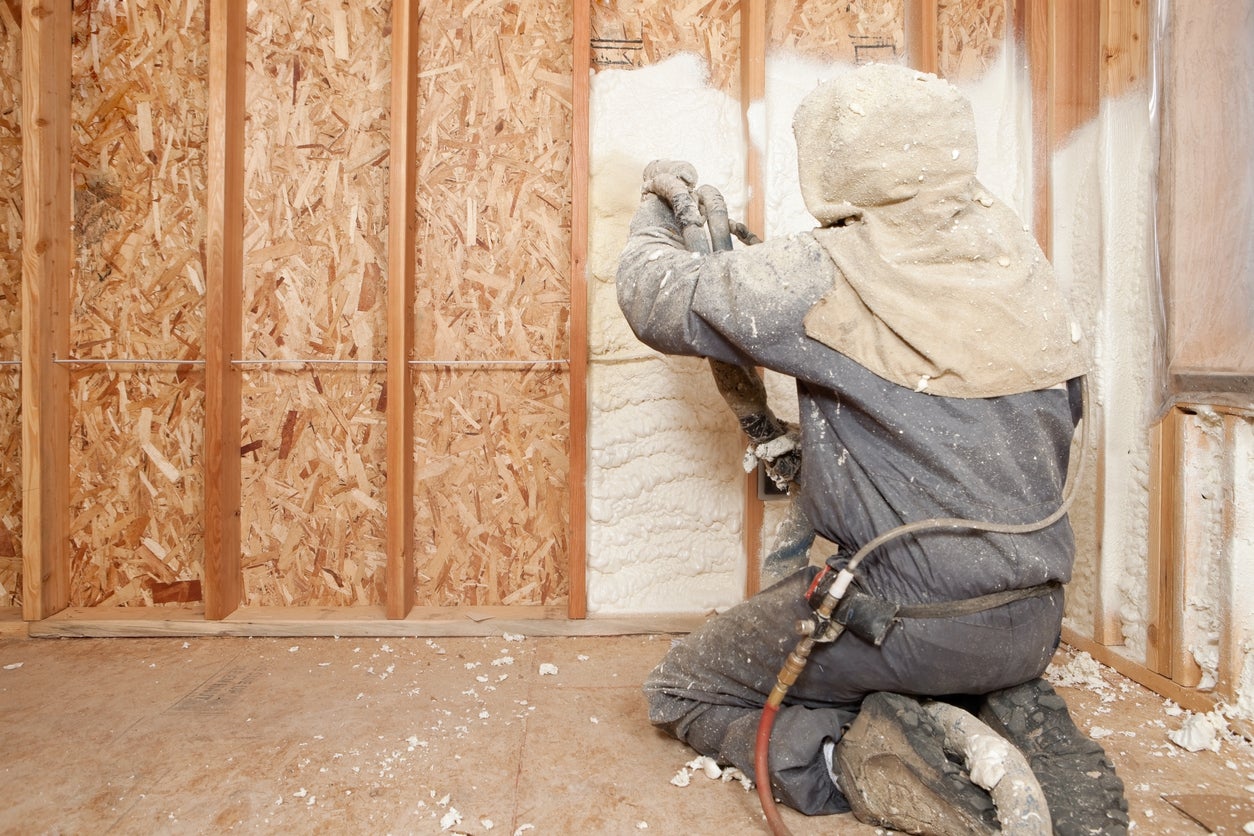
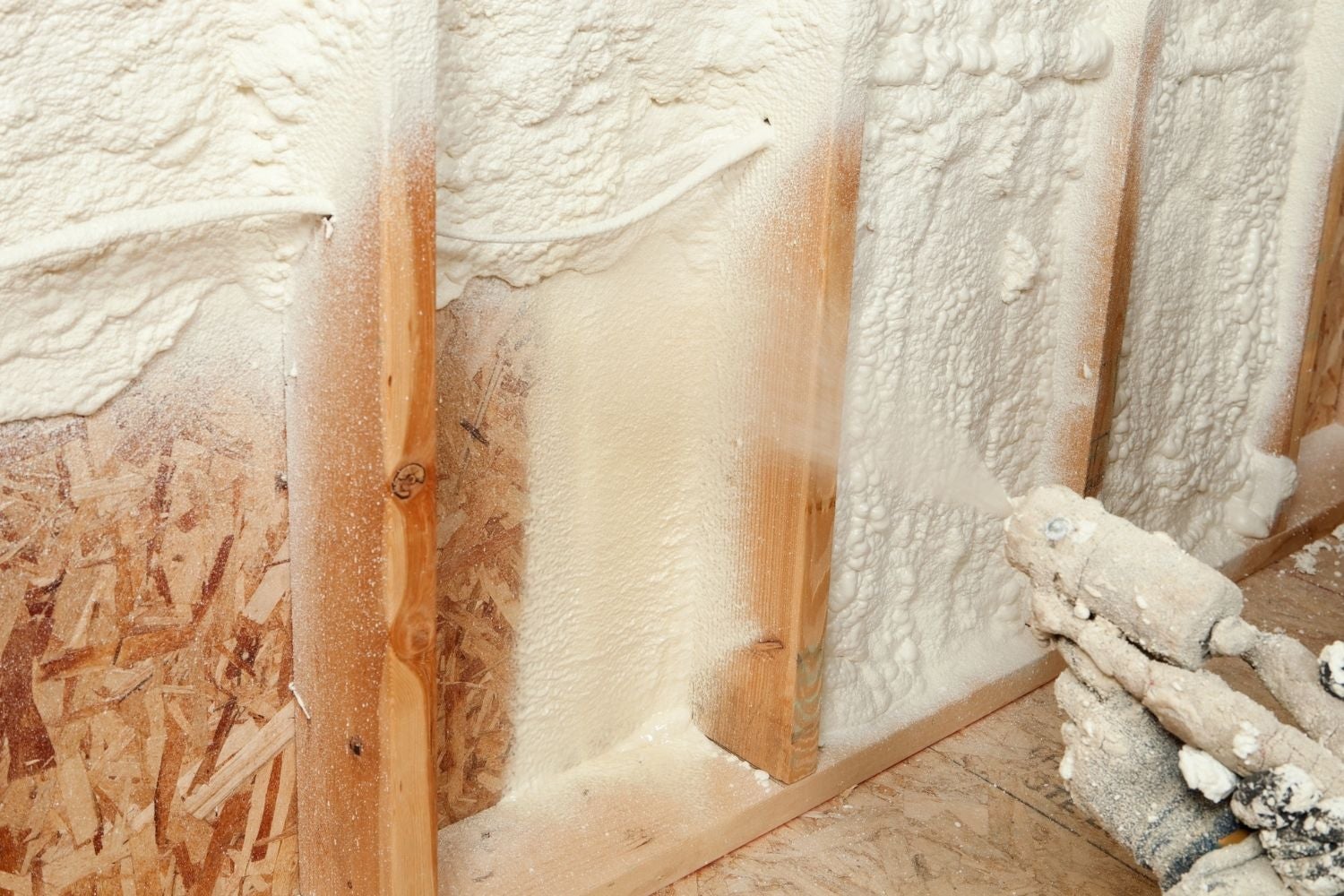
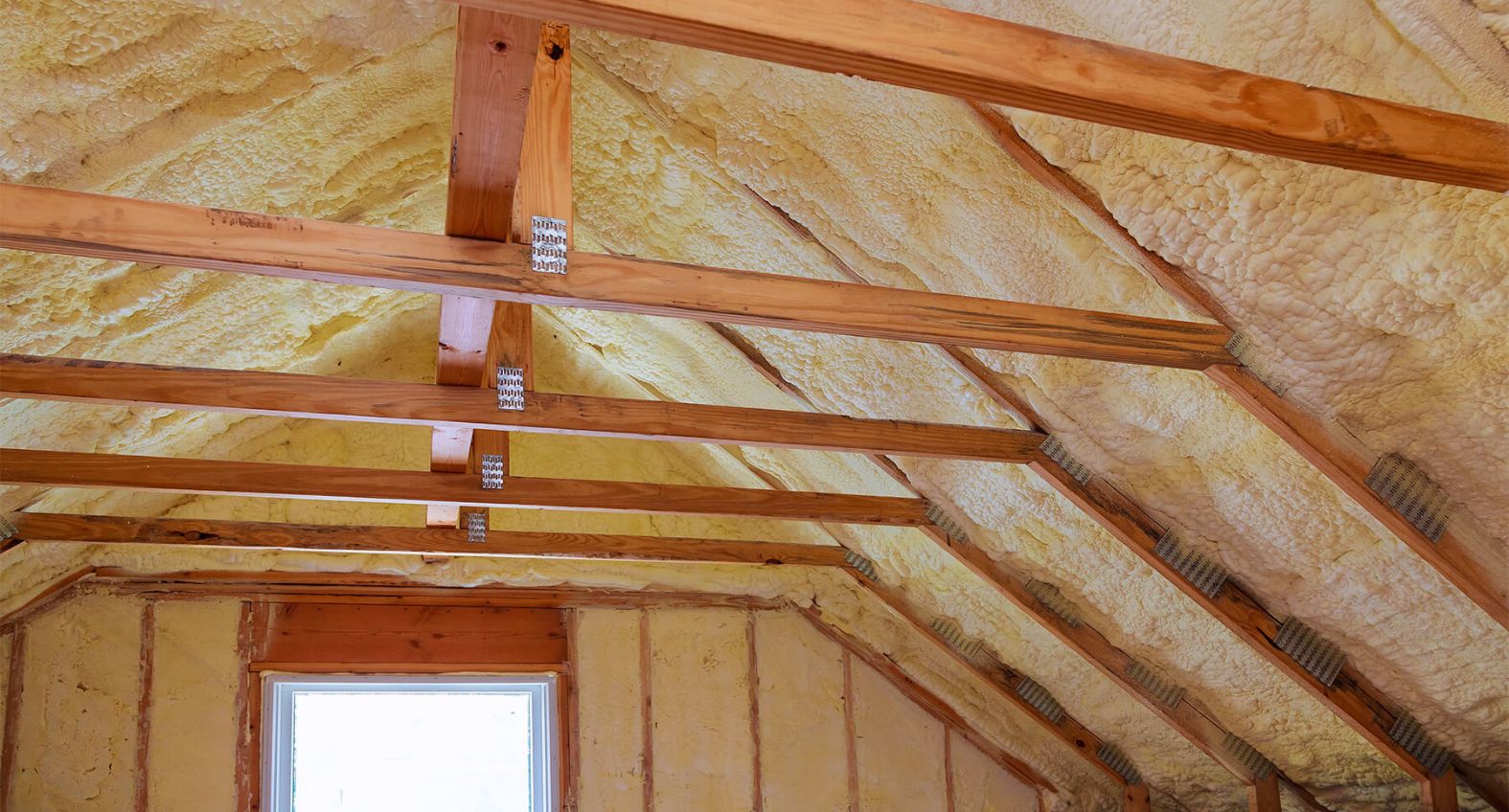
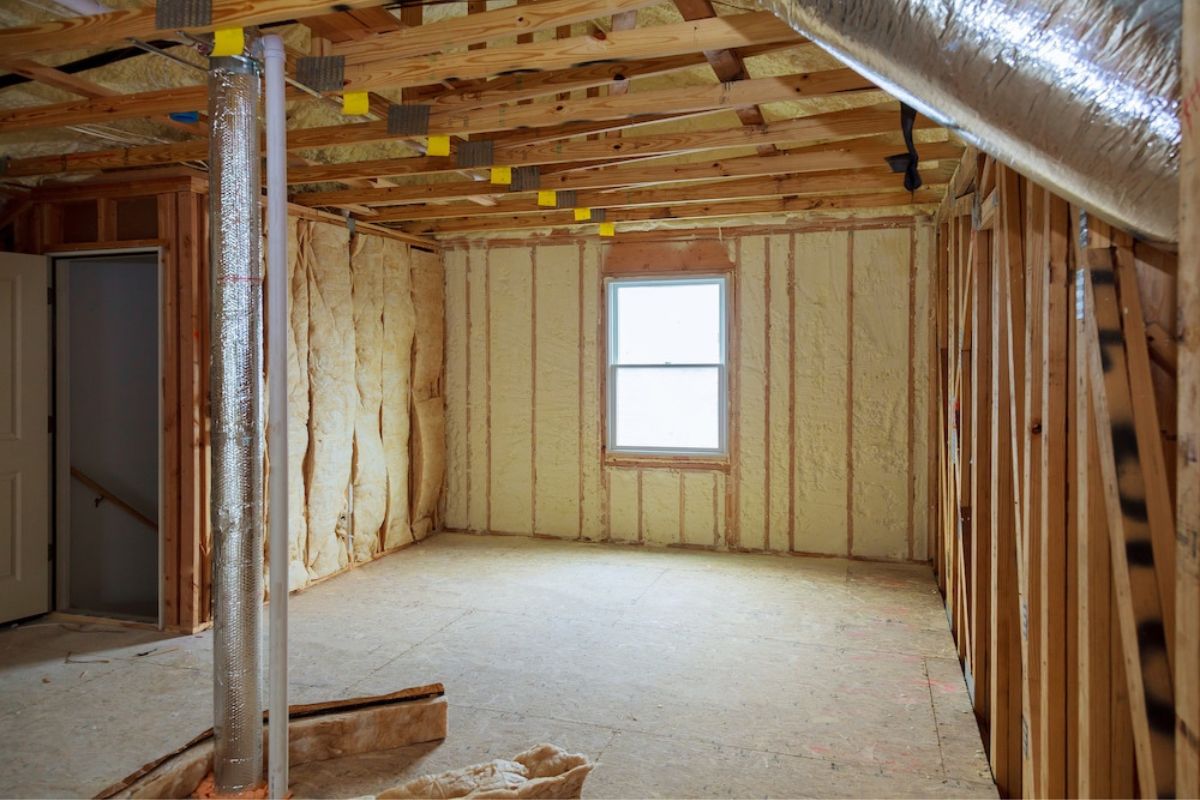
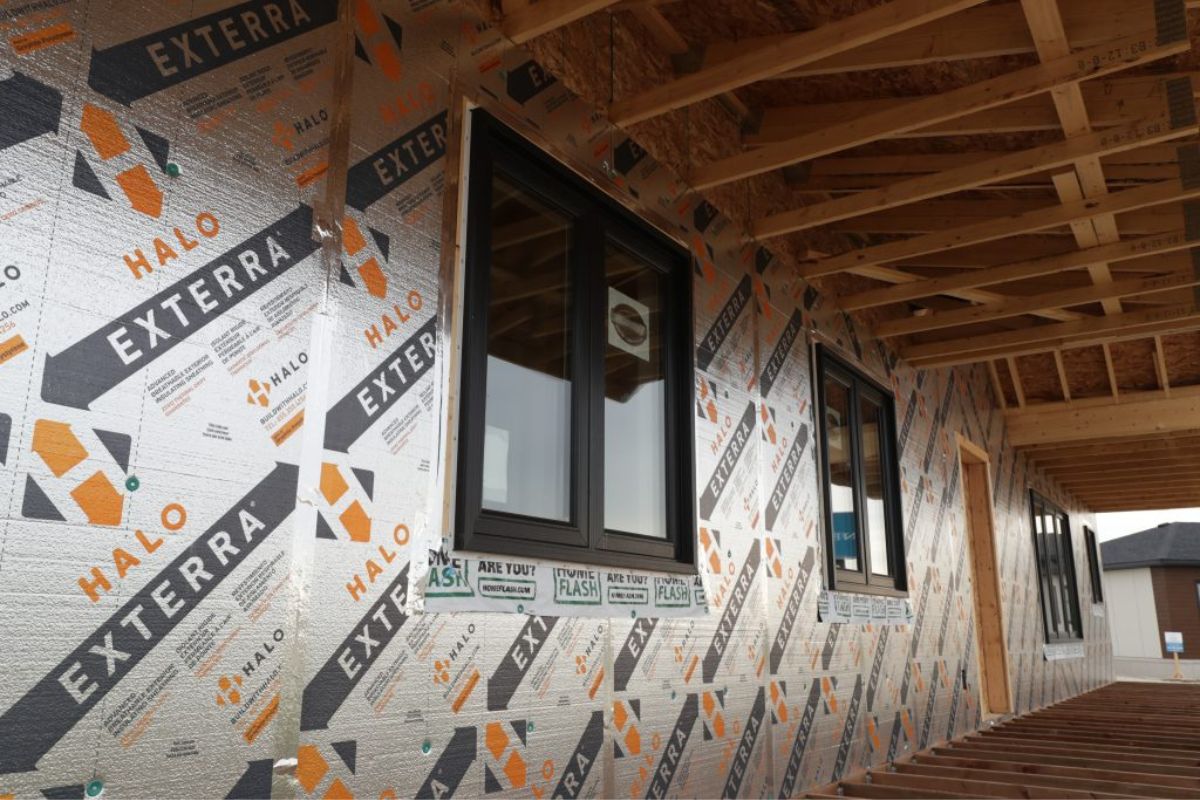
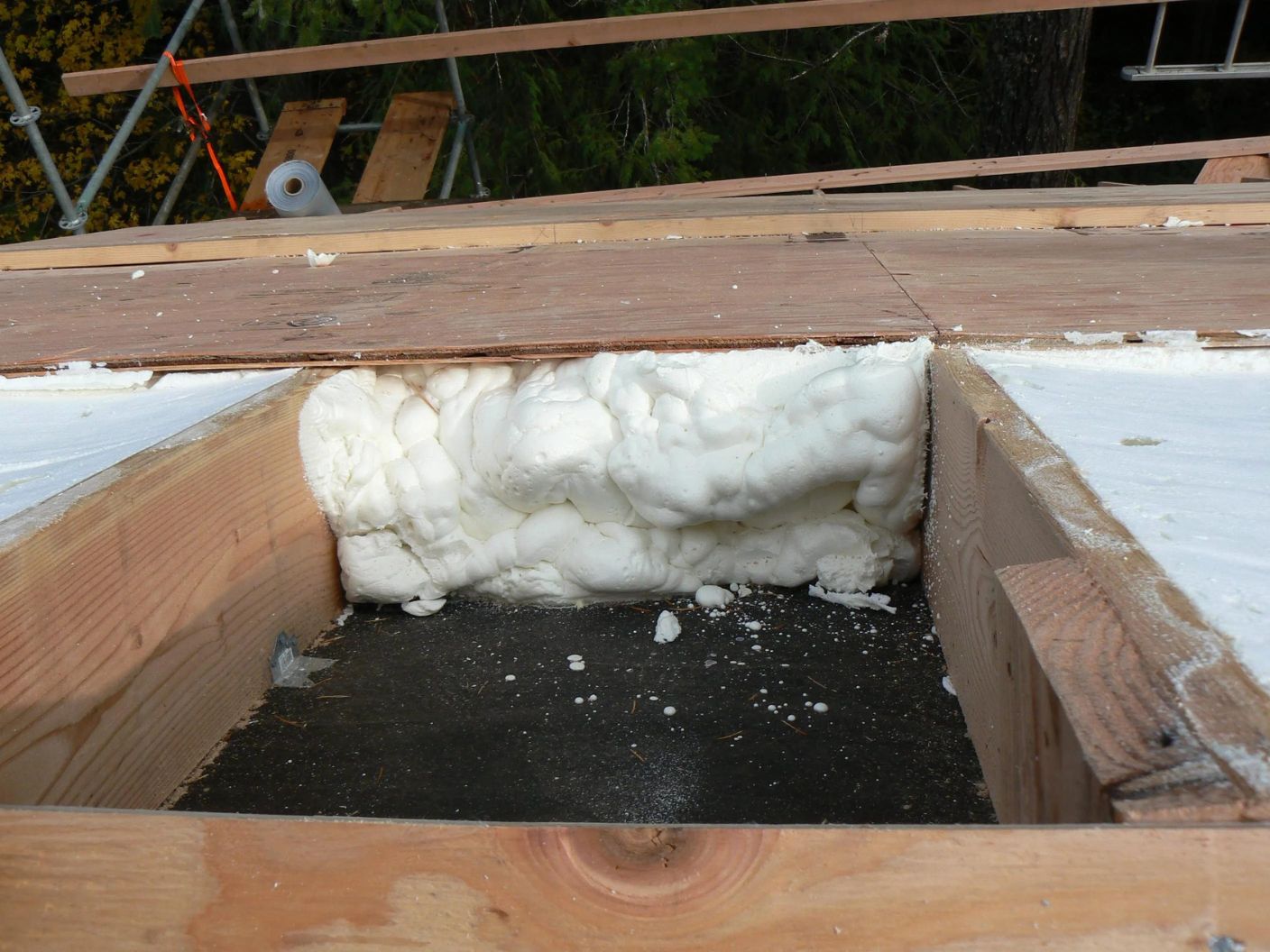
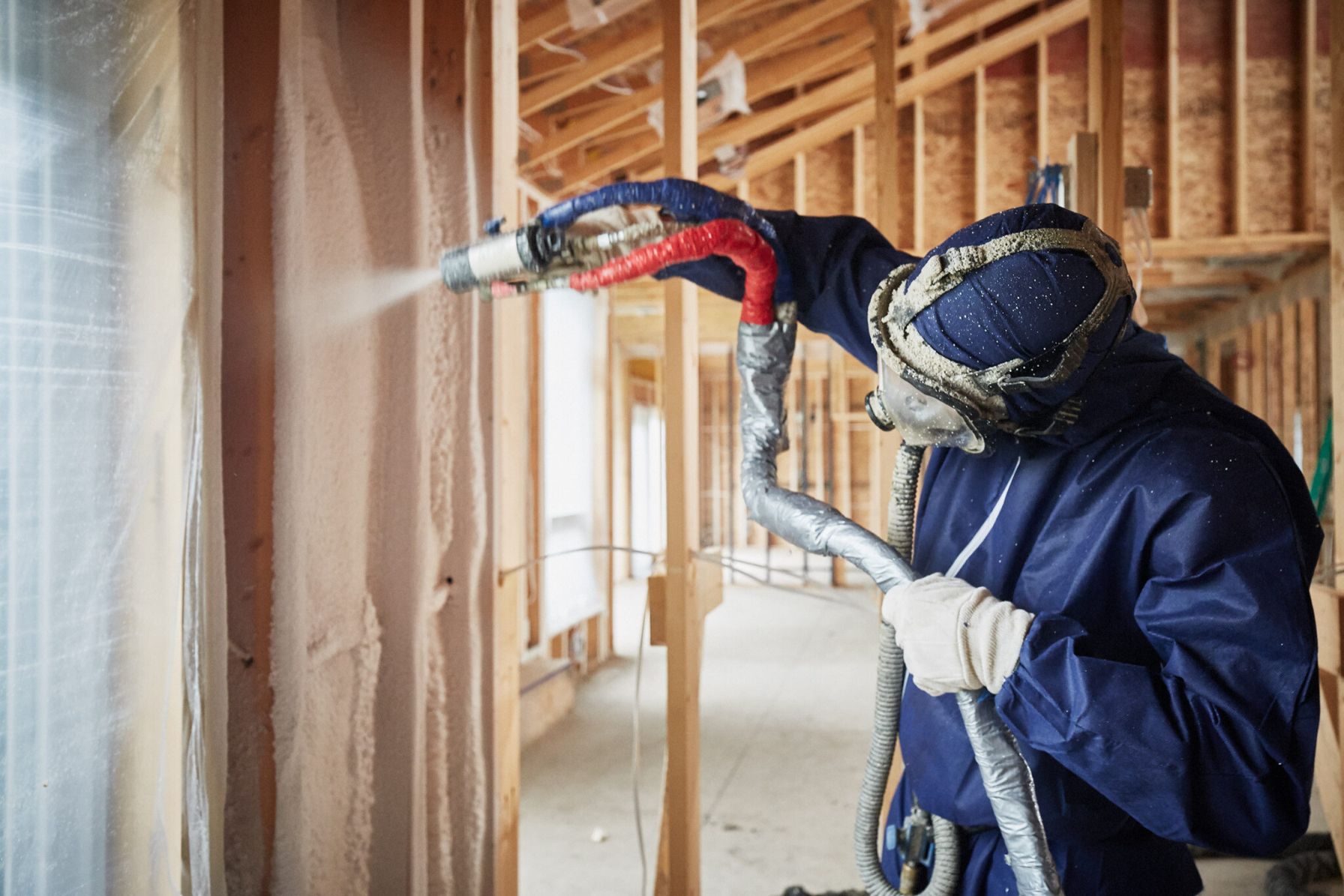
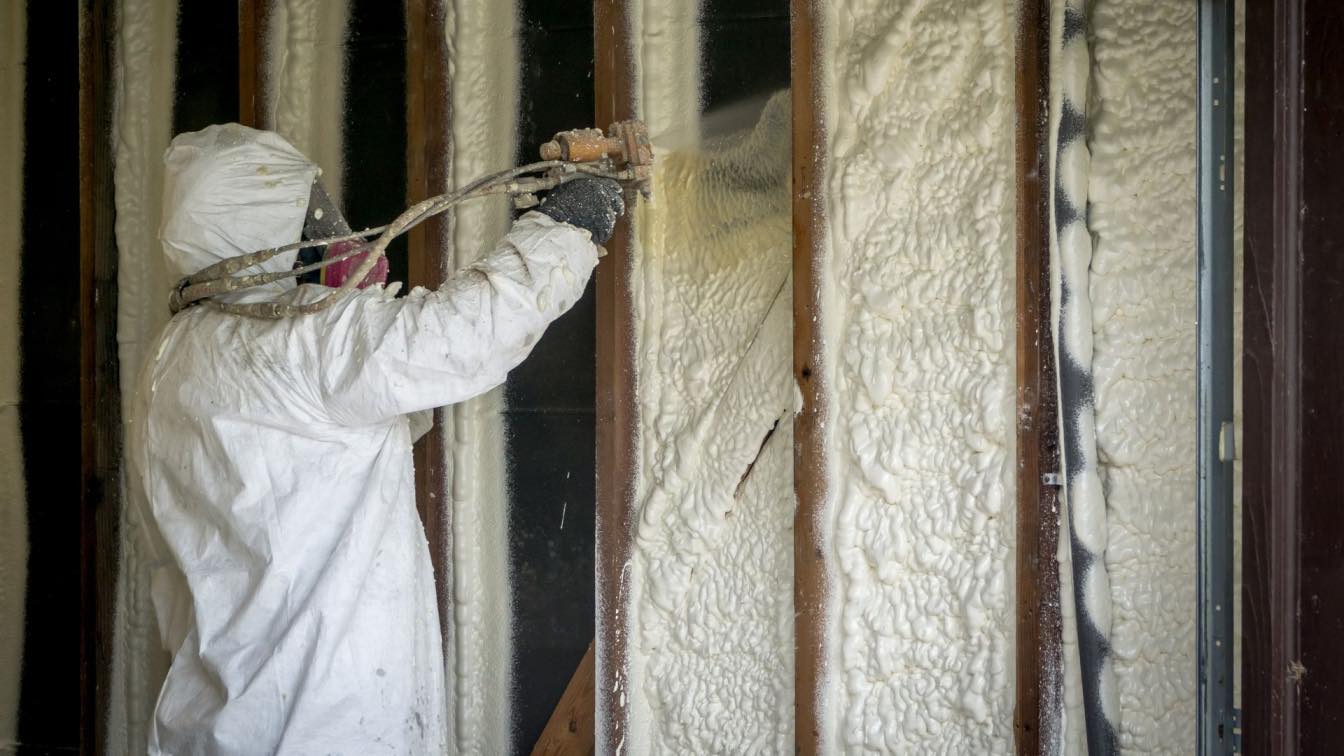
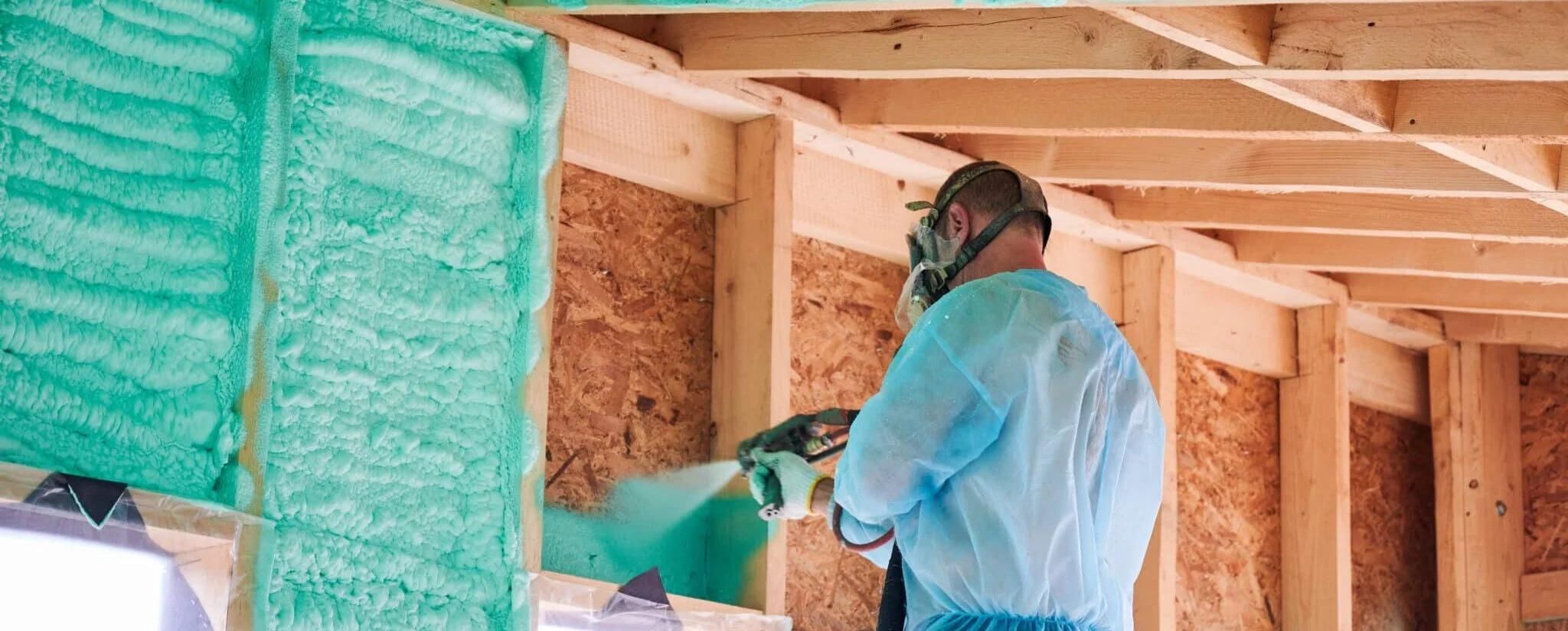
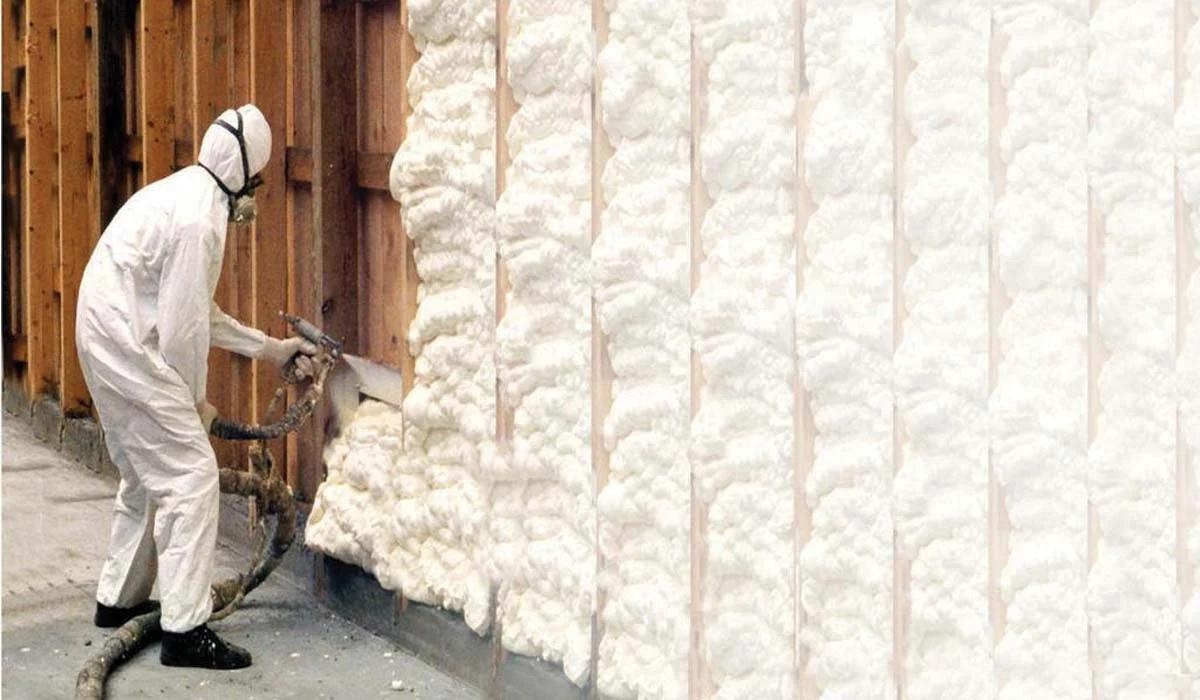
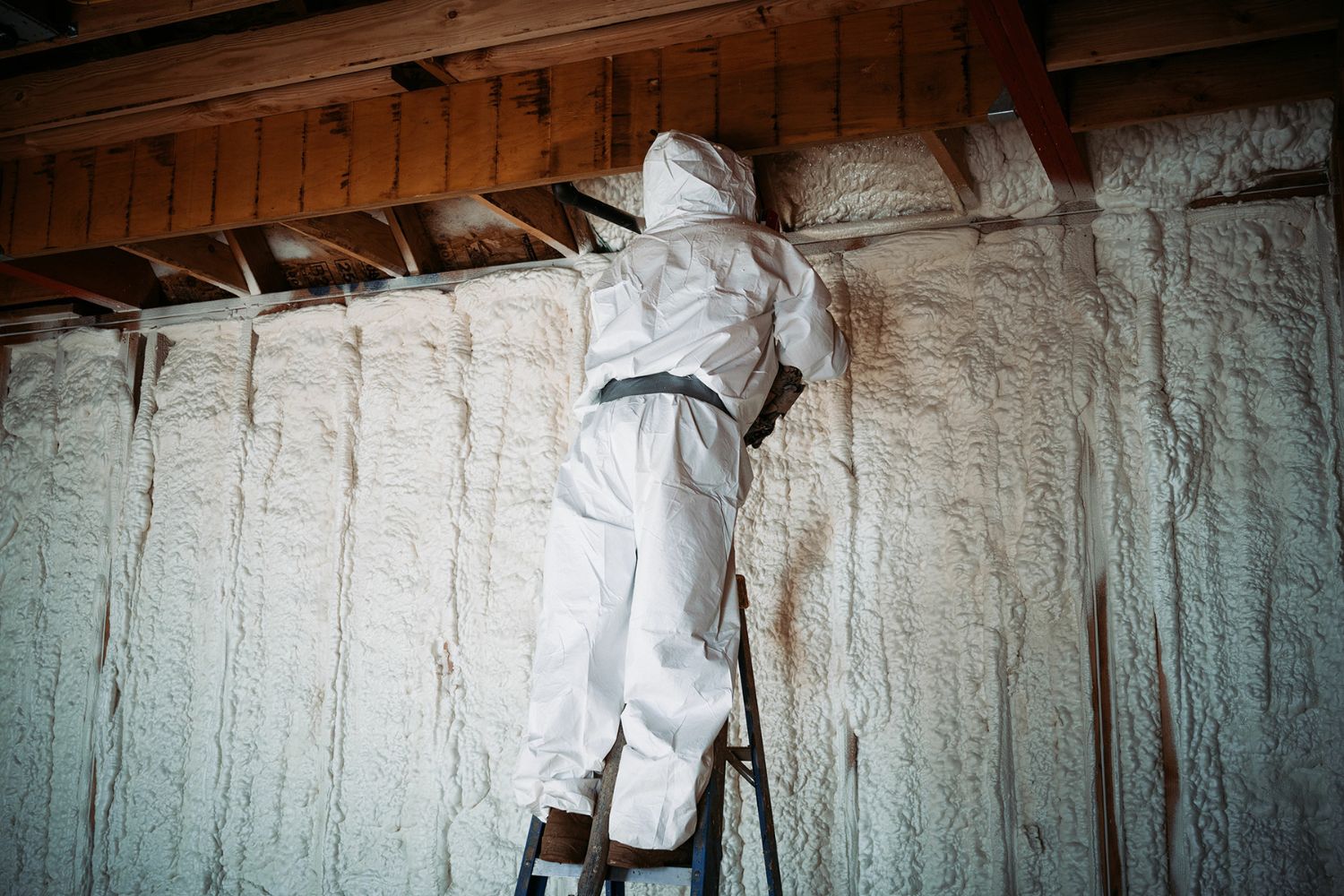
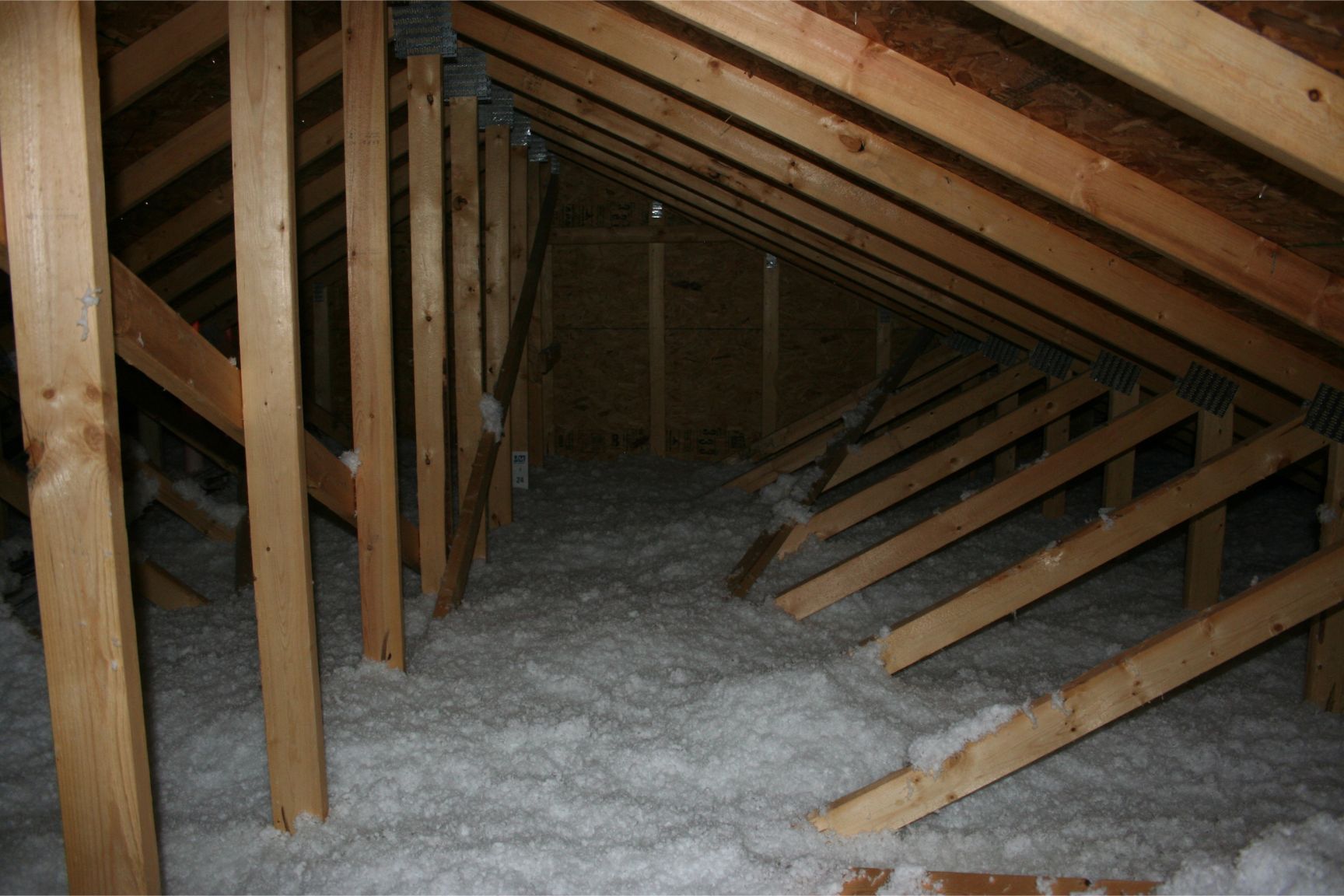
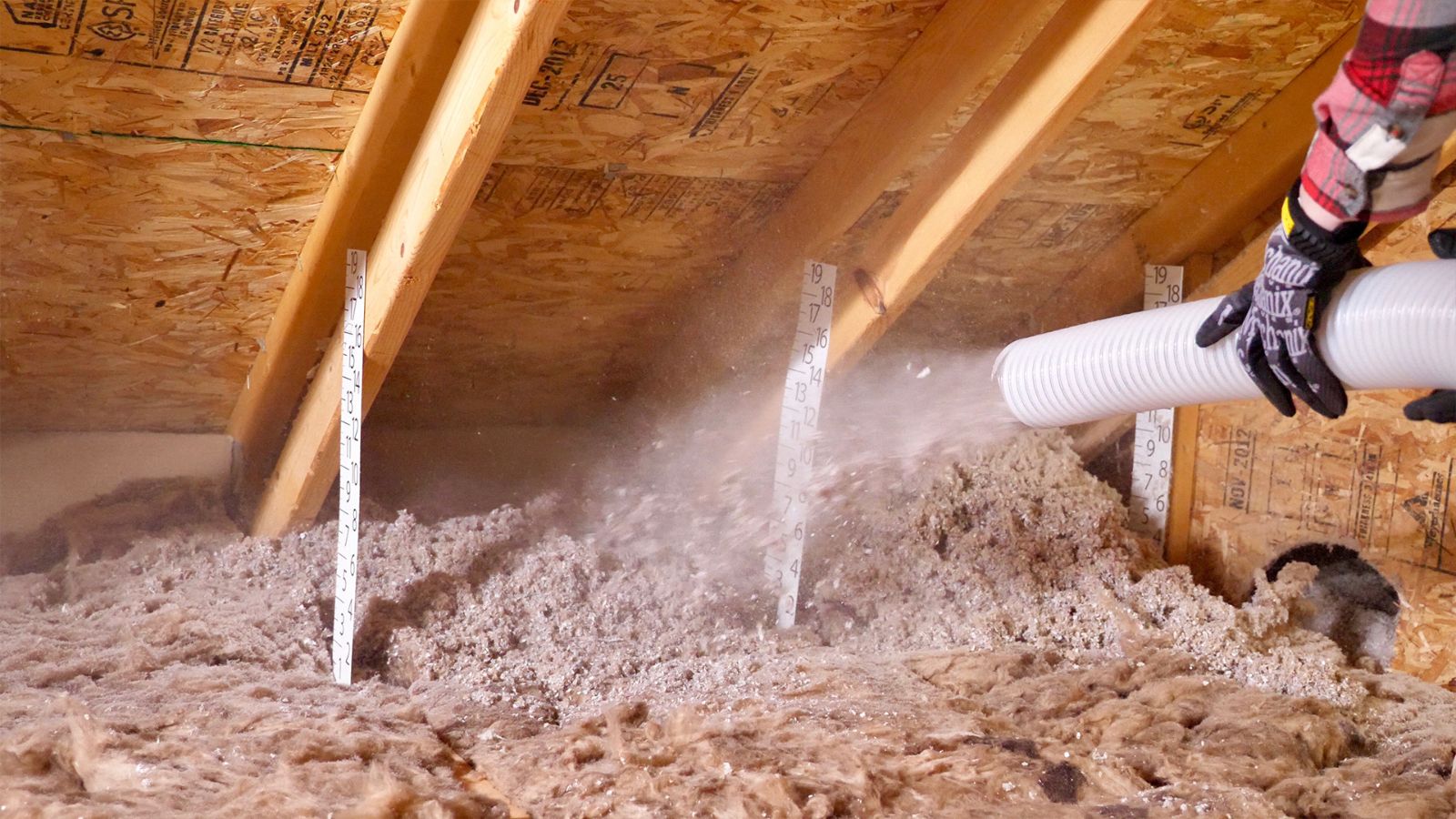

0 thoughts on “How Thick Spray Foam Insulation Do I Need”